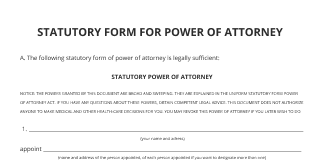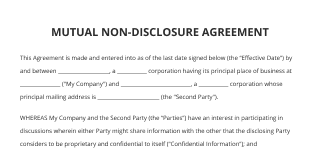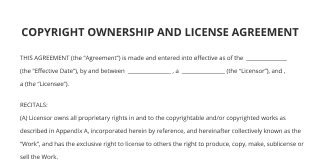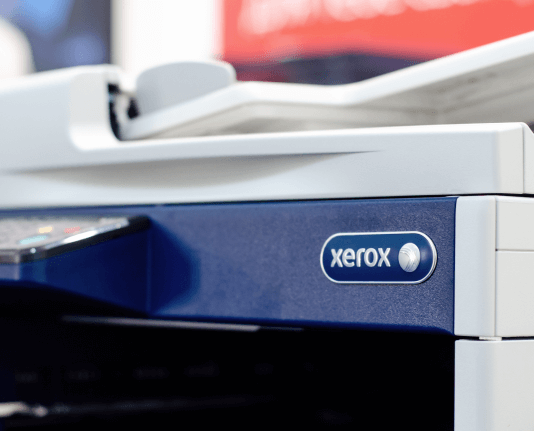Understanding Bill Invoice Meaning for Your Business Success
Move your business forward with the airSlate SignNow eSignature solution
Add your legally binding signature
Integrate via API
Send conditional documents
Share documents via an invite link
Save time with reusable templates
Improve team collaboration
See airSlate SignNow eSignatures in action
Understanding Bill Invoice Meaning
A bill invoice is a document that outlines the details of a transaction between a seller and a buyer. It serves as a formal request for payment and includes essential information such as the items or services provided, their prices, and the total amount due. Understanding the meaning of a bill invoice is crucial for both businesses and individuals to ensure accurate record-keeping and timely payments.
Key Components of a Bill Invoice
A typical bill invoice contains several key components:
- Invoice Number: A unique identifier for tracking purposes.
- Seller Information: Name, address, and contact details of the business issuing the invoice.
- Buyer Information: Name and address of the customer receiving the invoice.
- Description of Goods or Services: Detailed list of what is being billed, including quantities and unit prices.
- Total Amount Due: The total cost that the buyer is obligated to pay.
- Payment Terms: Information on when payment is due and accepted payment methods.
Importance of Bill Invoices in Business Transactions
Bill invoices play a vital role in business transactions by providing a clear record of sales. They help businesses manage their cash flow and ensure that payments are received promptly. Additionally, invoices serve as legal documents that can be referenced in case of disputes. Properly issued invoices can also enhance a company's professional image and credibility.
How to Create a Bill Invoice Using airSlate SignNow
Creating a bill invoice with airSlate SignNow is straightforward and efficient. Users can prepare a document by selecting a template or starting from scratch. After entering the necessary details, such as items sold and pricing, users can easily customize the layout and format. Once the invoice is ready, it can be sent for eSigning, ensuring that both parties have a legally binding record of the transaction.
Common Use Cases for Bill Invoices
Bill invoices are commonly used in various scenarios, including:
- Retail transactions where customers purchase goods.
- Service-based businesses billing clients for completed work.
- Freelancers invoicing clients for projects or hours worked.
- Subscription services charging customers on a recurring basis.
Best Practices for Managing Bill Invoices
To effectively manage bill invoices, consider the following best practices:
- Keep Accurate Records: Maintain a digital or physical copy of all invoices for reference.
- Set Clear Payment Terms: Clearly communicate payment deadlines and methods to avoid confusion.
- Follow Up on Unpaid Invoices: Regularly check for outstanding payments and follow up as needed.
- Utilize Digital Solutions: Leverage tools like airSlate SignNow to streamline the invoicing process and enhance efficiency.
airSlate SignNow solutions for better efficiency
Our user reviews speak for themselves






Why choose airSlate SignNow
-
Free 7-day trial. Choose the plan you need and try it risk-free.
-
Honest pricing for full-featured plans. airSlate SignNow offers subscription plans with no overages or hidden fees at renewal.
-
Enterprise-grade security. airSlate SignNow helps you comply with global security standards.

Grasping Bill Invoice Interpretation
In the realm of commerce, grasping the bill invoice interpretation is vital for proficient financial oversight. A bill invoice acts as an official solicitation for payment, outlining the services provided or goods delivered. Employing tools such as airSlate SignNow can simplify this operation, facilitating the management of documents and signatures.
Steps to Utilize airSlate SignNow for Bill Invoice Interpretation
- Launch your web browser and go to the airSlate SignNow website.
- Register for a complimentary trial account or sign in if you already possess one.
- Choose the document you want to sign or dispatch for signatures and upload it.
- If you intend to utilize this document again, transform it into a reusable template.
- Access your uploaded file and make necessary adjustments, such as adding fillable fields or inserting specific data.
- Sign the document and allocate signature fields for the recipients.
- Click 'Continue' to set up and send an eSignature invitation.
By utilizing airSlate SignNow, enterprises can benefit from a considerable return on investment due to its extensive features in relation to cost. The platform is crafted for user-friendliness and scalability, making it perfect for small to medium-sized businesses.
With clear pricing and no concealed charges, airSlate SignNow also provides outstanding 24/7 assistance for all paid plans. Begin enhancing your document management today!
How it works
airSlate SignNow features that users love
Get legally-binding signatures now!
FAQs
-
What is the meaning of bill invoice?
An invoice is a type of bill that includes an itemized list of those products or services that shows how much each item or service costs. An invoice also includes the total amount owed, due date and any additional payment terms, such as the option to pay monthly versus a single payment. -
What is the difference between a bill invoice and receipt?
In short, an invoice is sent by the vendor, whereas a bill is received by the customer for the same purchase. Receipts: A receipt is a document that the vendor provides once they receive the payment from the buyer. -
What is the difference between way bill and invoice?
A waybill is a document used in shipping that lists the goods being transported and their destination. An invoice is a financial document requesting payment for goods or services provided. -
What is the difference between bill and billing?
In accounting, billing refers to generating and sending invoices, which can be confusing since bills and invoices serve different functions. Bills are used for payments on goods and services that are due upon receipt, while invoices generally have payment terms. -
When to use an invoice or bill?
Bills are commonly used to pay for goods and services received instantaneously, invoices can be used for immediate transactions, but are also used to request payment before a pre-approved date. -
What is the difference between a bill and an invoice?
Bills are commonly used to pay for goods and services received instantaneously, invoices can be used for immediate transactions, but are also used to request payment before a pre-approved date. -
What is the billing invoice?
On the hand, Billing Invoice is considered a supplemental sales document for sales of services or lease of properties. It is not as important as an Official Receipt. It is usually used only to bill customers or clients without the guarantee that the sale happened or was cancelled was collected or not.
What active users are saying — bill invoice meaning
Related searches to Understanding bill invoice meaning for your business success
Get more for bill invoice meaning
- Receipt Template Excel Free Download for Research and Development
- Receipt template excel free download for Management
- Receipt Template Excel Free Download for Administration
- Receipt template excel free download for Customer Service
- Receipt Template Excel Free Download for Customer Support
- Receipt template excel free download for Technical Support
- Receipt Template Excel Free Download for Marketing
- Receipt template excel free download for Logistics
Find out other bill invoice meaning
- Transform your documents with our signature formatting ...
- Simplify your online signature authentication form ...
- Request digital signature for effortless document ...
- Easily place signature on document with airSlate ...
- Effortlessly sign PDFs on iPad with airSlate SignNow
- Transform your workflow with signature conversion ...
- Unable to sign PDF? Discover a seamless solution with ...
- Experience online digital signature validation free ...
- Effortless signing US documents with airSlate SignNow
- Secure online PDF signature authentication made simple
- Sign documents online free no registration with ...
- Discover the leading online signature provider for ...
- Discover the best free sign editor for your business
- Experience seamless remote signing of documents with ...
- Put my signature on a PDF with ease using airSlate ...
- Effortlessly manage signed attestations with airSlate ...
- Transform your workflow with a powerful signature ...
- How to sign Google Docs document on iPhone with ...
- Sign in to Google Docs seamlessly with airSlate SignNow
- Experience online word document e-signature free with ...






























